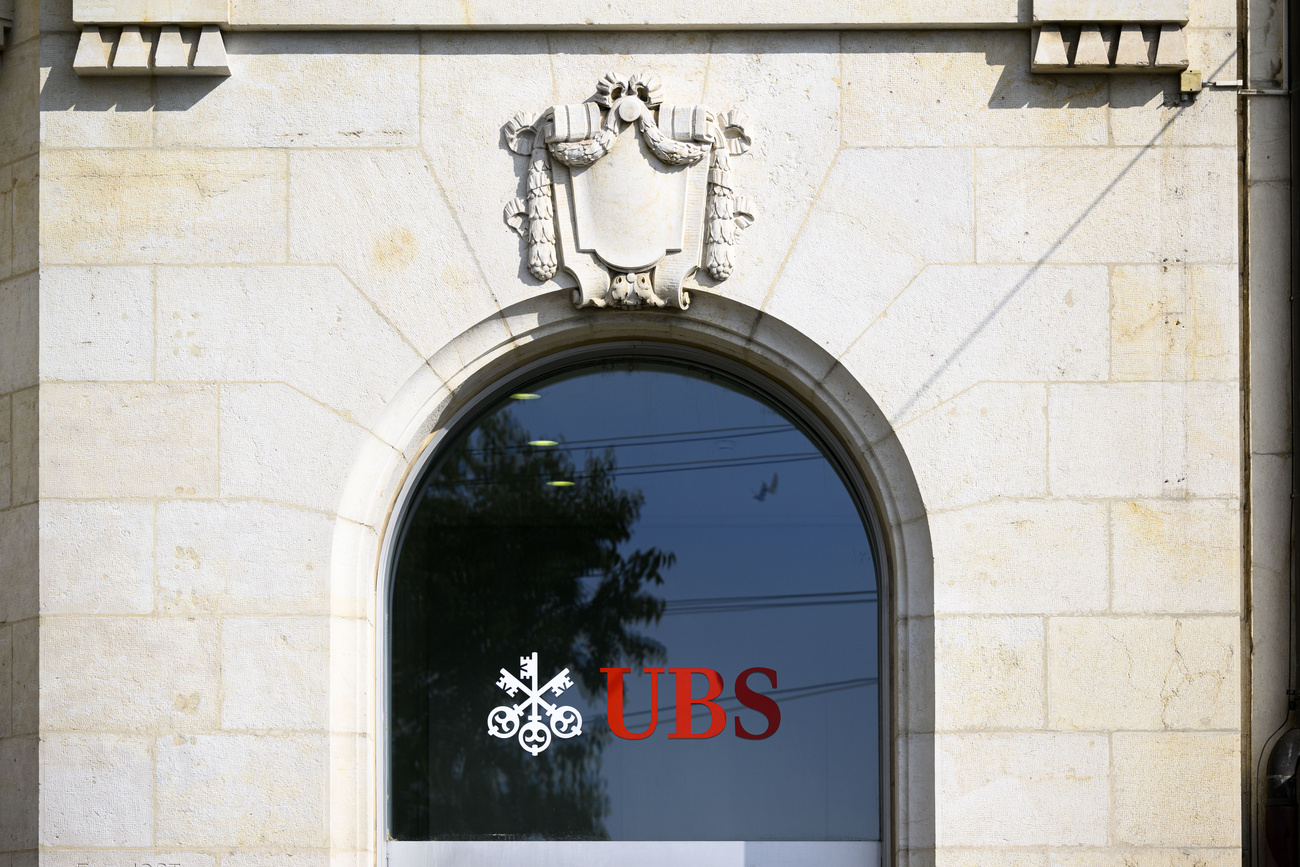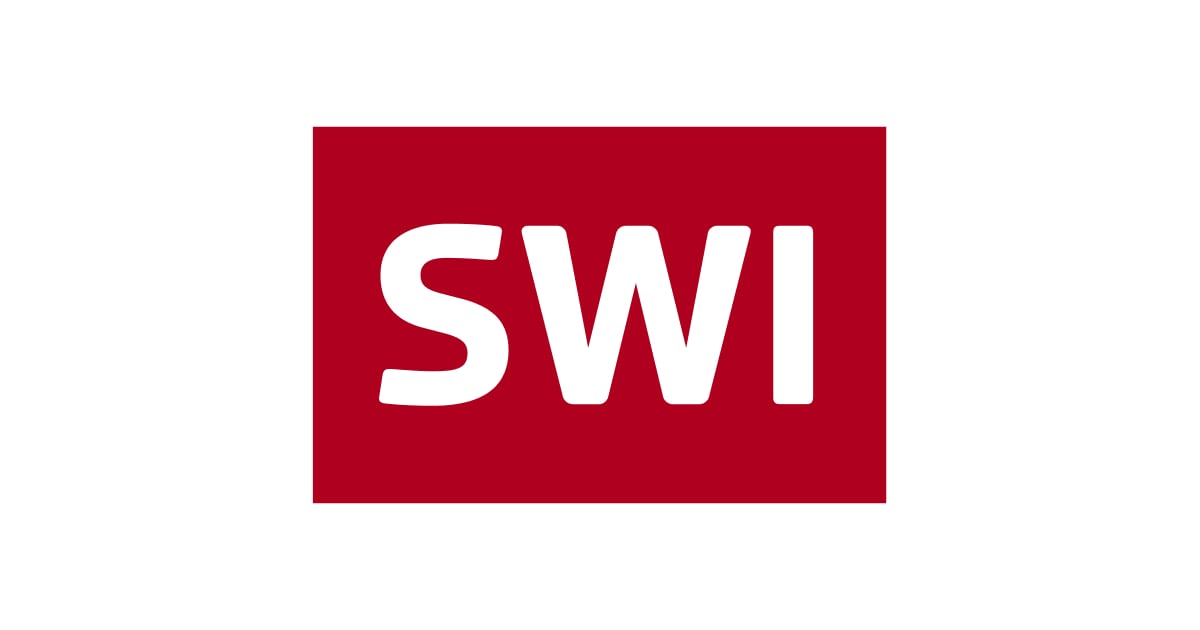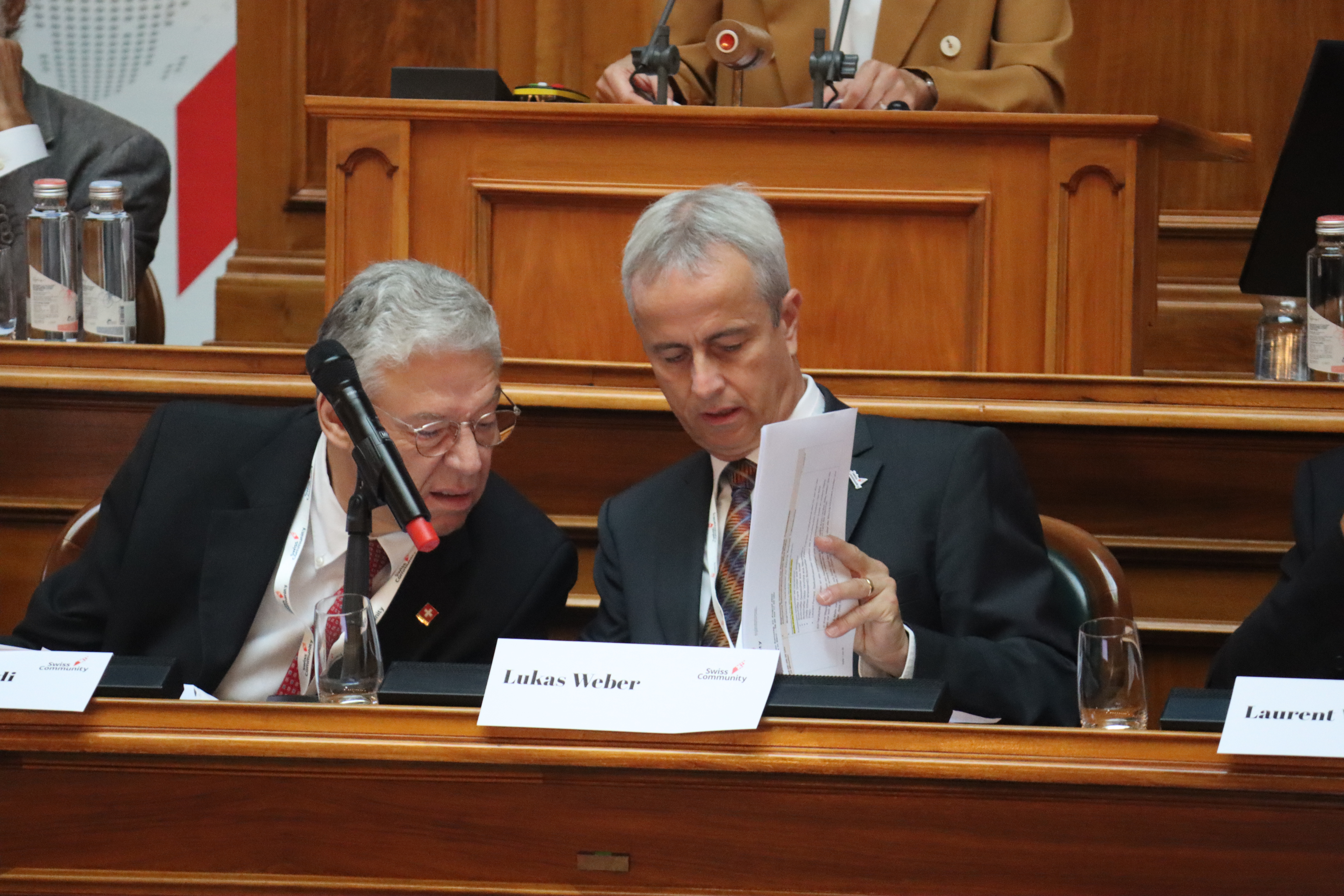
Charting the Global Economy: Inflation Picks Up Across Europe
(Bloomberg) — A quickening of inflation across Europe’s largest economies in September reinforced a holding pattern for interest rates by the European Central Bank.
In Germany, consumer prices rose 2.4.% in September from a year ago on gains in services costs. That’s the fastest annual pace since February. Price pressures also ticked up in the 20-nation bloc’s other top economies.
Meanwhile, because of a US government shutdown, investors and policymakers had to rely on a series of private-industry data releases to help gauge the temperature of the labor market. In the absence of official September employment figures, those reports showed a job market with limited hiring and firing.
Here are some of the charts that appeared on Bloomberg this week on the latest developments in the global economy, markets and geopolitics:
Europe
German inflation quickened more than anticipated, part of a region-wide acceleration that will reinforce the ECB’s resolve to keep interest rates on hold. The data follow an uptick in inflation among the euro zone’s other top economies, with France, Italy and Spain all seeing higher readings.
Swiss inflation stayed unexpectedly low in September, posing a challenge to the central bank at a time when the economy is also suffering from outsize US tariffs. The result may keep the prospect of more easing on the agenda of Swiss National Bank officials, who have already cut their interest rate to zero. Last week they refrained from lowering it into negative territory again to avoid hurting the financial system, but some economists still expect that to happen at their next meeting in December.
Italy’s cabinet approved a budget featuring a deficit at just 3% of output this year, allowing Premier Giorgia Meloni’s government to set aside more money for tax cuts and defense. The milestone of reaching the European Union’s 3% ceiling this year could open the door to Italy exiting the bloc’s excessive deficit procedure, the monitoring regime known as EDP that features a list of shame for countries with bloated deficits.
Denmark is on heightened alert and stepping up its drone defenses before European leaders meet in Copenhagen this week, as a new suspected drone intrusion temporarily shut airspace and intensified security concerns. The government has now also raised its threat level for the energy industry, imposing stricter security requirements on facilities.
US & Canada
Even without the marquee data from the Bureau of Labor Statistics — which wasn’t published on Friday due to the government shutdown — a number of private-sector indicators out in recent days pointed to sluggish hiring, limited layoffs, modest pay gains and easing demand for workers in September.
President Donald Trump ordered 10% tariffs on imports of softwood timber and lumber, as well as 25% levies on kitchen cabinets, vanities and upholstered wood products, marking his latest bid to use import taxes to shore up domestic manufacturing. Canada stands to be hit hard by the order, as it’s by far the US’s largest wood supplier and it’s already subject to 35.2% duties meant to counter alleged subsidies and unfair pricing.
Asia
China’s residential home sales steadied in September in a sign of potential stabilization nearly three years after it started to issue support policies for the sector.
India witnessed its strongest monsoon in five years, lifting prospects for crops such as rice and pulses and raising hopes that food prices may ease further. Rainfall from June to September, which irrigates about half of the country’s farmland and is important for the next planting season, was 937.2 millimeters. That was 8% higher than the long-term average.
Emerging Markets
Economists say deportations from the US could lead to billions of lost remittances in coming years. But for now, the opposite is happening.
After years of pumping cash into Mexico’s coffers, oil giant Petroleos Mexicanos is on course to post its largest fiscal deficit to the government in its 87-year history: a shortfall that analysts peg at roughly $31 billion, thanks to dwindling revenue and massive bailouts aimed at helping the company cope with a $100 billion debt load.
World
The US Treasury’s gold reserves have surpassed $1 trillion in value — more than 90 times what’s stated on the government’s balance sheet — as the precious metal breaks new all-time highs.
Central bankers in Mozambique lowered rates to a record low, while officials in the Dominican Republic and Egypt also cut rates. Israel, Australia, India, Colombia, Jamaica, Tanzania and the Bank of Central African States left rates unchanged.
–With assistance from Maya Averbuch, Bastian Benrath-Wright, Jennifer A. Dlouhy, Emma Dong, Julia Fanzeres, Alessandra Migliaccio, Pratik Parija, Atul Prakash, Jack Ryan, Zoe Schneeweiss, Mark Schroers, Thomas Seal, Scott Squires, Sanne Wass and Charlie Zhu.
©2025 Bloomberg L.P.



































